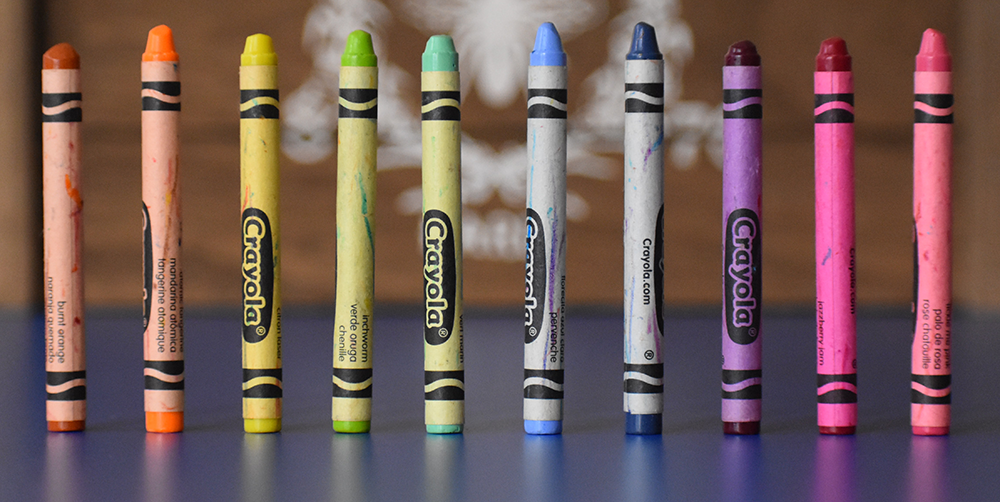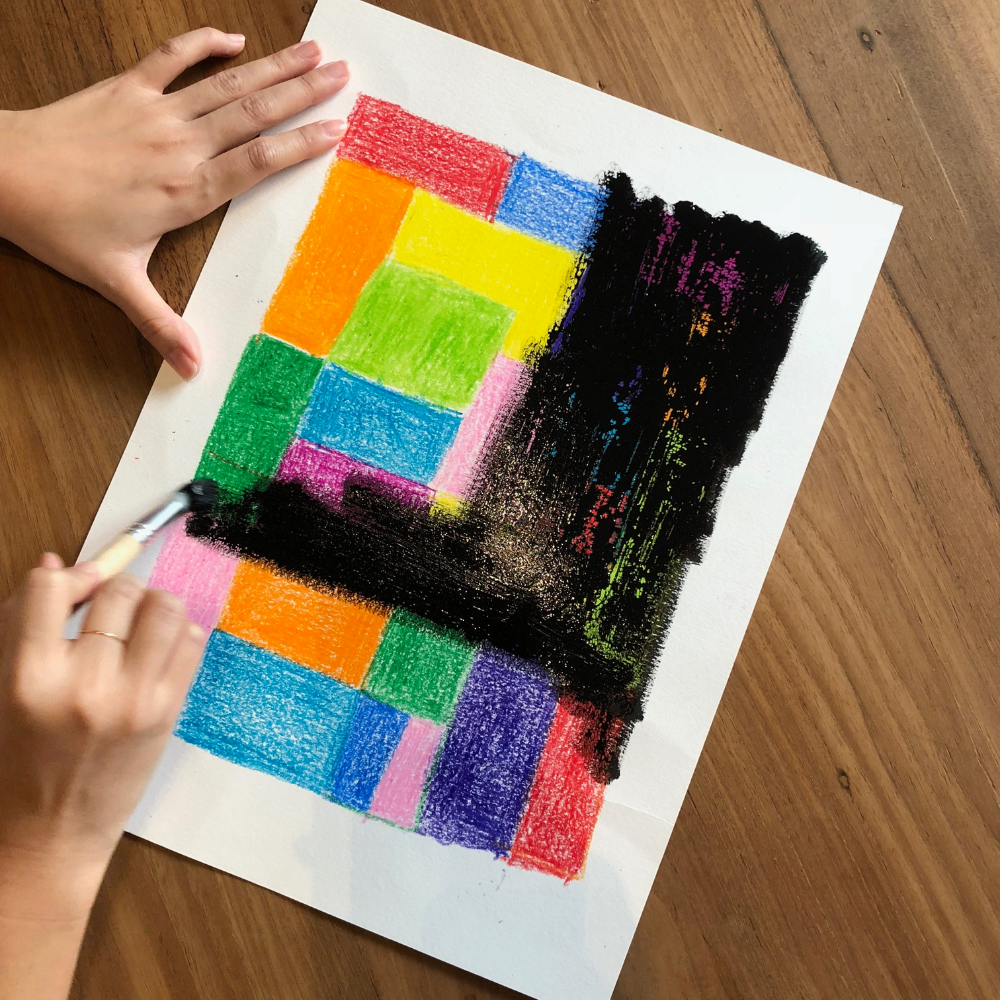Dive into the colorful world of mixed media art with our exploration of using acrylic paint over crayon.
This technique not only broadens the scope of your creative projects but also introduces a realm of new textures and effects.
Whether you're a seasoned artist or a curious beginner, understanding the interplay between acrylic paint and crayon can transform your artistic approach.
Let's delve into how the right surface preparation and painting techniques can successfully integrate these two mediums, opening up a canvas of possibilities!
Key Takeaways:
- Acrylic paint can be applied over crayon marks, but the success largely depends on the type of surface and the quality of the crayon.
- Proper surface preparation and the use of specific techniques can enhance the adhesion and appearance of acrylic paint over crayon.
- This method opens up creative possibilities for mixed media artists to explore new textures and effects in their artwork.
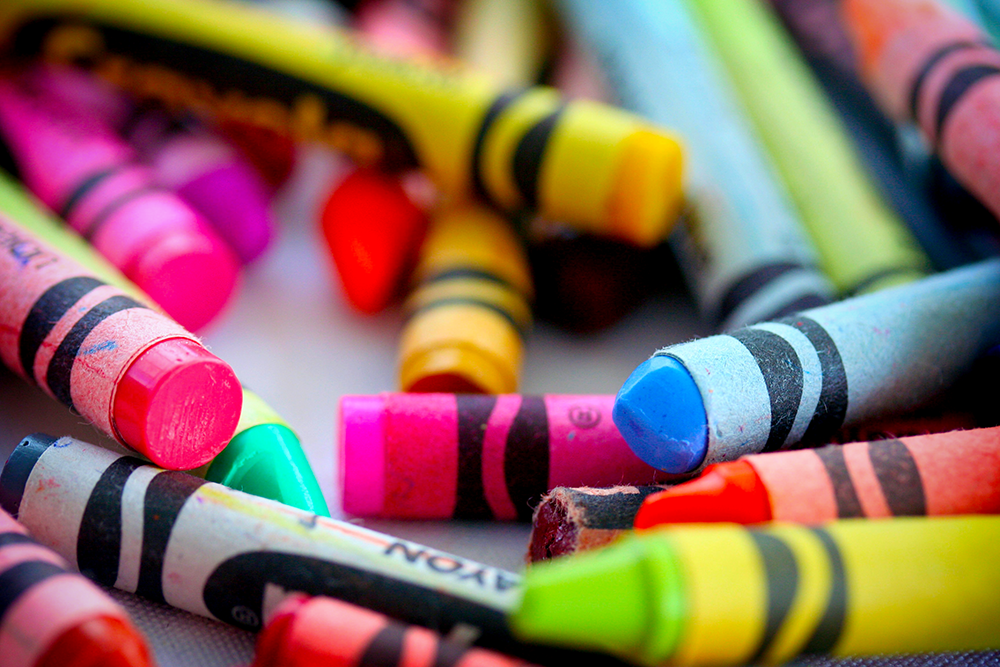
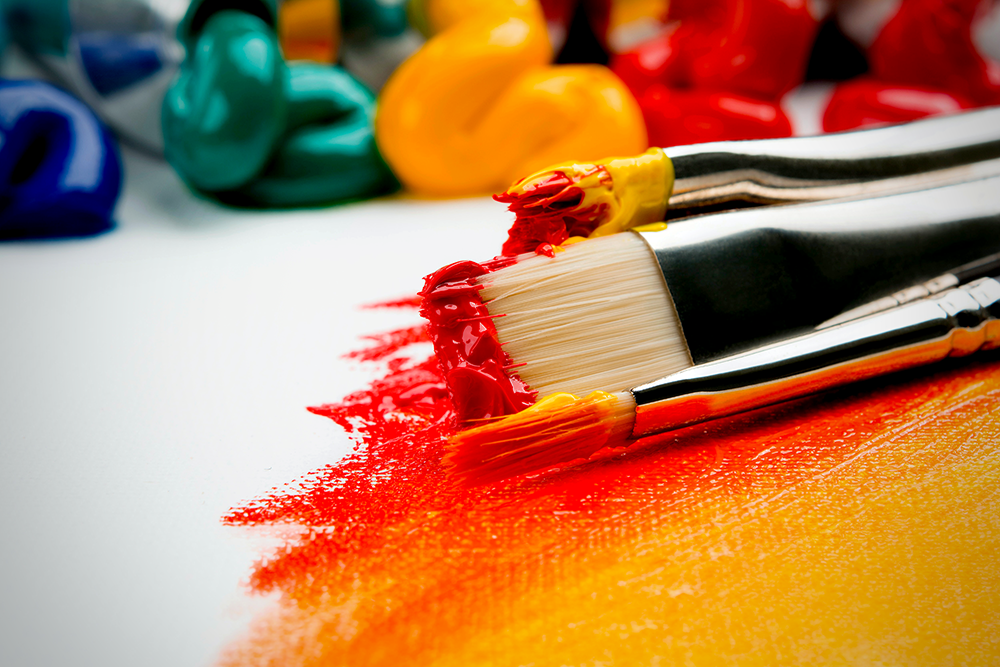
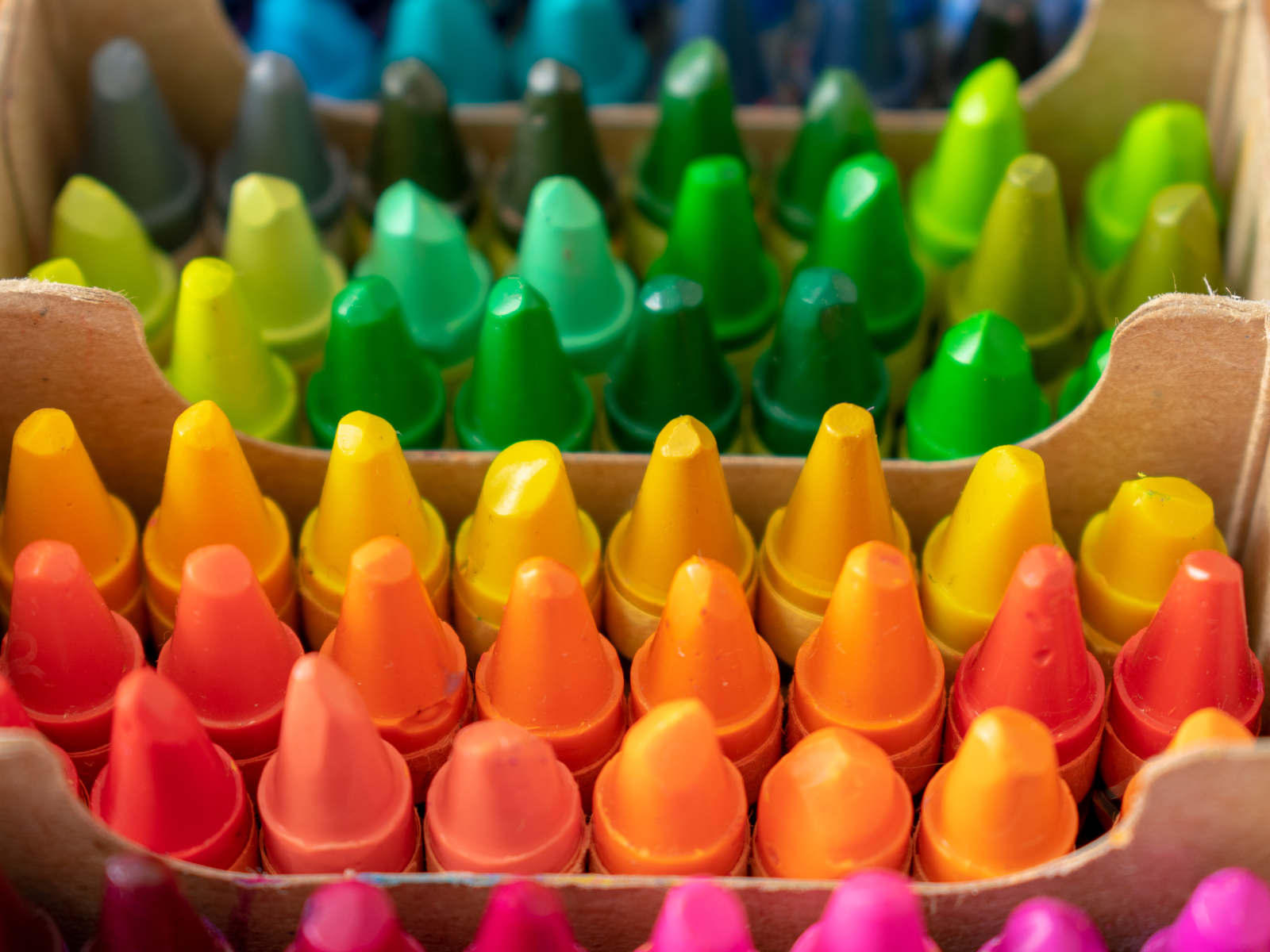
Basics of Acrylic and Crayon Interactions
Acrylic paints are celebrated for their versatility and vibrant colors, making them a favorite among artists.
On the other hand, crayons, made primarily from wax, offer a different texture and opacity.
The question of whether you can use acrylic paint over crayon involves understanding how these two materials interact.
Acrylics are water-based and can struggle to adhere to the waxy, oily surface that crayons leave behind.
Preparing the Surface
Before attempting to paint over crayon, it's crucial to ensure that the surface is as receptive as possible.
For surfaces like paper or stretched canvas, a light rubbing with a fine sandpaper can help create a more textured surface for the acrylic paint to grip.
However, care must be taken not to damage or tear the surface.
Cleaning the area gently with a damp cloth can also remove any loose wax particles.
Choosing the Right Materials
Selecting the right type of acrylic paint and crayon is essential.
Water-soluble art crayons tend to be more compatible with acrylic paints compared to traditional wax crayons.
When choosing acrylics, opt for high-quality paints that offer good coverage and adhesion.
An acrylic medium can also be mixed with the paint to improve its consistency and bonding properties.
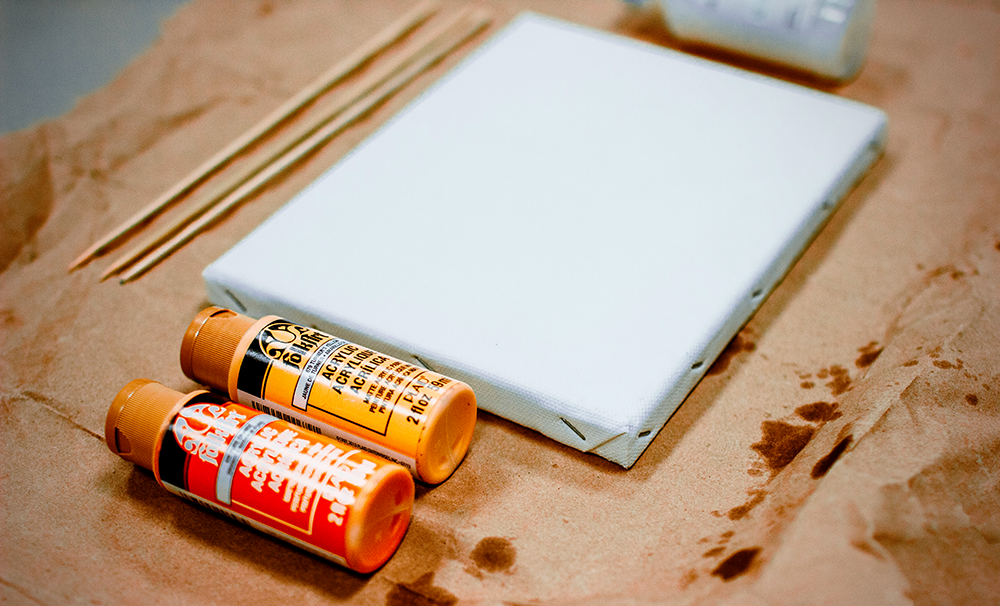

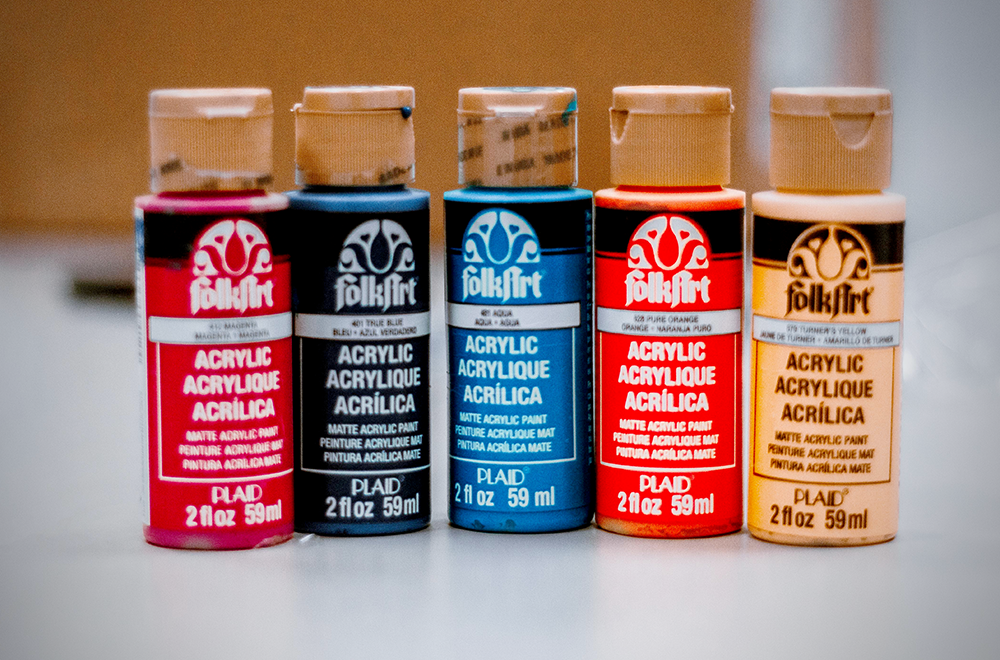
Application Techniques
The technique used to apply acrylic paint over crayon can greatly affect the outcome.
Using a dry brush technique allows for light, controlled applications that minimize the risk of the paint sliding off the waxy crayon.
Alternatively, applying a thin layer of gesso as a primer can provide a more uniform surface for the acrylic paint.
Layering Considerations
When layering acrylic paint over crayon, it's important to allow each layer to dry completely before applying the next.
This prevents the paint from becoming muddied or mixed with the crayon beneath.
Using a hair dryer can speed up the drying process, but should be done cautiously to avoid melting the crayon.
Color and Texture Effects
The interaction between crayon and acrylic paint can create unique textural and color effects.
For instance, the wax in the crayon can resist the acrylic paint, allowing artists to achieve interesting resist techniques.
Experimenting with different crayon pressures and paint thicknesses can yield a variety of results.
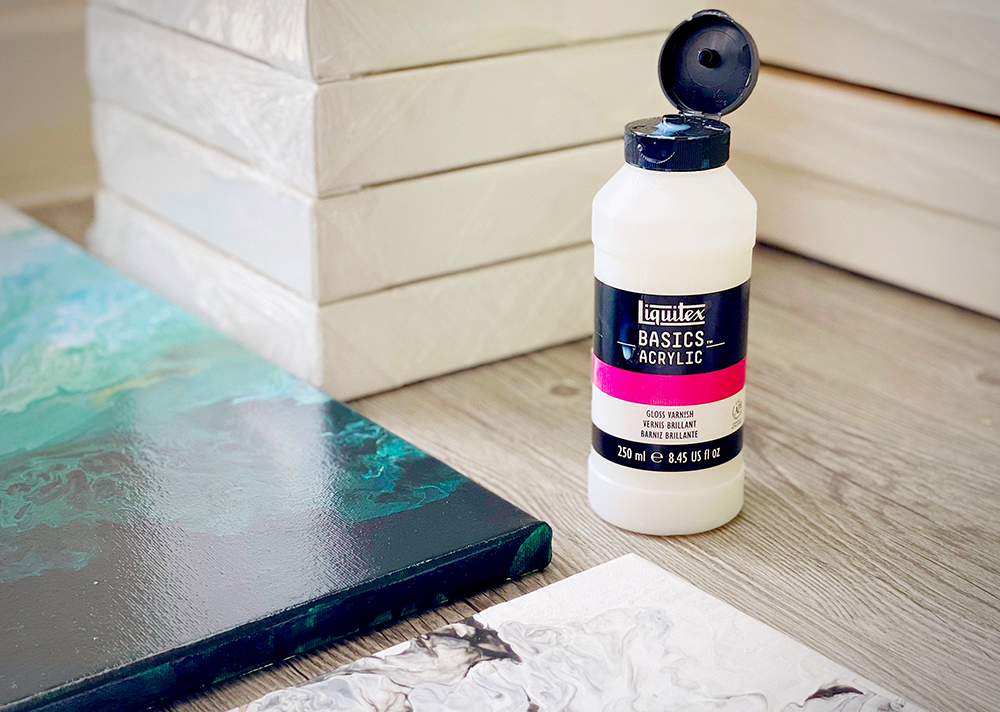
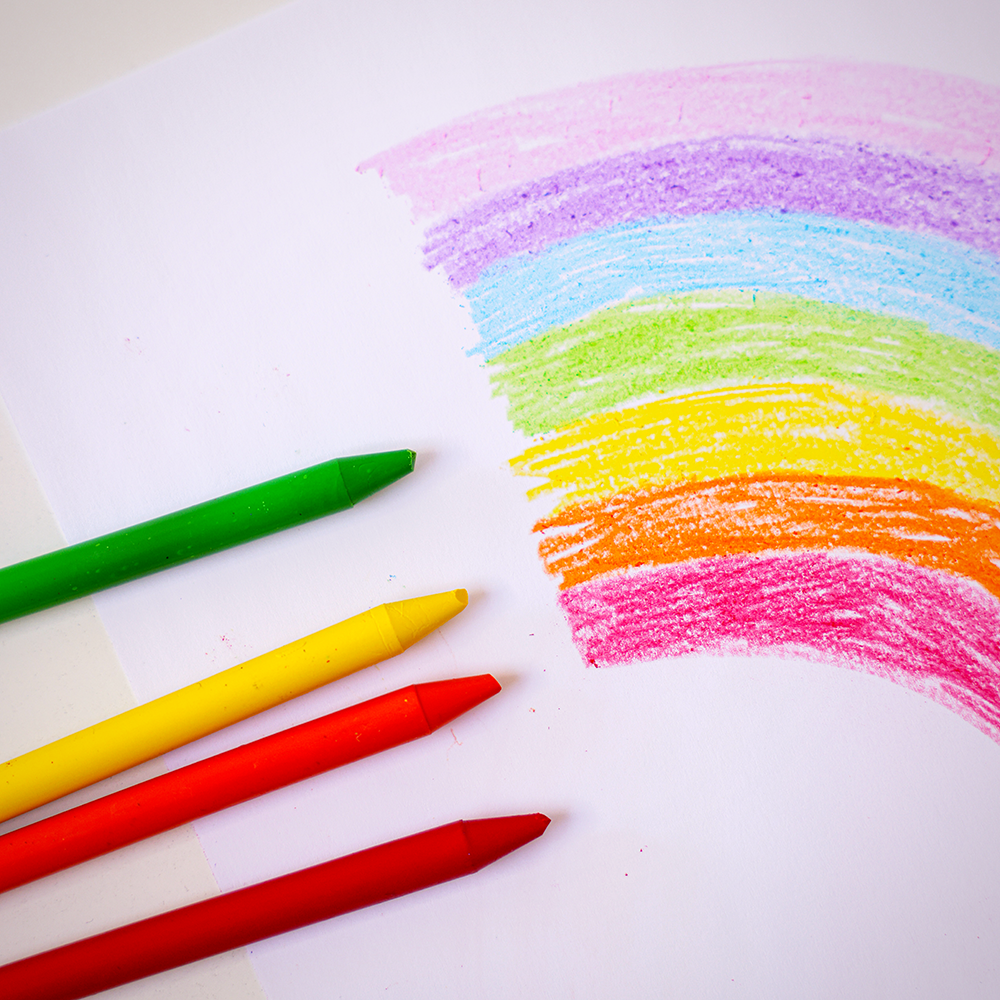

Mixed Media Techniques
For mixed media artists, combining crayon and acrylic paint opens up a realm of creative possibilities.
Techniques such as sgraffito, where the artist scratches through the top layer of paint to reveal the crayon underneath, or using crayons to add details over dried acrylic paint, can add depth and interest to a piece.
Enhancing Textures with Oil-Based Paints and Pastels
Introducing oil-based paints into an artwork that features crayon and acrylic can elevate the texture and depth of the painting.
Oil paints are thicker and have a slower drying time, allowing artists to experiment with blending and layering techniques that are not possible with faster-drying acrylics.
By applying oil-based black paint or other dark shades, artists can create dramatic shadows and highlights that enhance the visual impact of the painting.
This approach is particularly useful for adding finishing touches that require a subtle gradation of colors or a smooth, refined texture.
On the other hand, soft pastels can be used to add a chalk-like texture to the surface, providing a contrast to the sheen of acrylics and the gloss of oil paints.
When used over a sealed layer of crayon and acrylic, pastels allow artists to rub and mix colors directly on the canvas, creating soft, diffuse effects that can make the artwork appear more dynamic and tactile.
This technique is especially effective for adding lighter tones or highlights, as the opaque nature of pastels can cover underlying colors comprehensively.
By carefully balancing the use of pastels and oil paints, artists can achieve a rich tapestry of textures that make each piece uniquely compelling.
Incorporating Oil-Based Paint for Rich Textures
Oil-based paints are renowned for their rich, vibrant colors and smooth, thick textures that can elevate the visual depth of any artwork.
When using oil-based paint over crayon, the inherently thick consistency helps to cover the waxy base effectively, allowing artists to draw bold lines and create complex shapes without the colors bleeding into one another.
This technique is particularly useful for artists looking to add a dynamic contrast in their work, as the oil-based paint can provide a glossy finish that distinctly stands out against the matte surface of crayon layers.
However, working with oil-based paints requires careful preparation as they have a longer drying time and can be more challenging to manipulate than acrylics.
It's advisable to use a palette knife to apply the oil paint over crayon to maintain control over the texture and thickness of the application.
Additionally, artists should consider using a glass palette for mixing colors, as it provides a smooth surface that doesn't absorb the oil, making it easier to manage the paint and clean up afterwards.
This method not only enhances the artwork's aesthetic but also ensures that the different media layers interact without compromising the integrity of the whole thing.
Exploring Water Soluble Pastels for Enhanced Color Blending
Water soluble pastels offer a unique advantage when combined with acrylic paint over crayon, as they allow for seamless color blending and enhanced control over the artwork’s overall texture.
These pastels can be used to draw directly on top of crayon sketches, where the artist can then apply a light wash of water to soften the lines and merge colors effectively.
This technique is ideal for creating soft backgrounds or adding subtle color shifts that enhance the main subjects drawn with crayons and acrylics.
The versatility of water soluble pastels also extends to their ability to mimic the effects of watercolor while maintaining the vibrancy of pastels.
They are particularly effective in adding layers of color that can be manipulated with a simple wipe of a damp brush, allowing artists to achieve gradients and halftones with ease.
For best results, artists should consider using pastels on a surface that has been adequately prepared with a base layer of acrylic to ensure that the pastels adhere properly and the colors pop against the waxy crayon beneath.
This approach not only diversifies the textural possibilities but also enriches the visual impact of the artwork.
Integration of Inktense Pencils with Acrylics
Inktense pencils, known for their vibrant and water-soluble properties, offer a unique medium to add color and depth to a painted surface initially marked with crayons.
When used on a smooth surface, these pencils can be activated with water to create a paint-like effect, which seamlessly blends with acrylics.
This technique allows artists to lay down the first layers of pigment with precision and ease.
By applying a wet brush to the drawing made with Inktense pencils, artists can achieve a watercolor effect that enriches the acrylic painting with vivid, flowing colors.
The true potential of Inktense pencils in mixed media art comes from their permanent once-dry nature, making them an excellent choice for underpaintings in acrylic art.
After sketching the initial outlines and adding basic colors with these pencils, artists can apply acrylic paint over the top without worrying about the underlying layers dissolving.
This method is particularly effective for achieving high contrast and intricate details in paintings, as the intense pigments of Inktense pencils can stand out against both light and dark acrylic backgrounds, adding a layer of complexity and richness to the artwork.
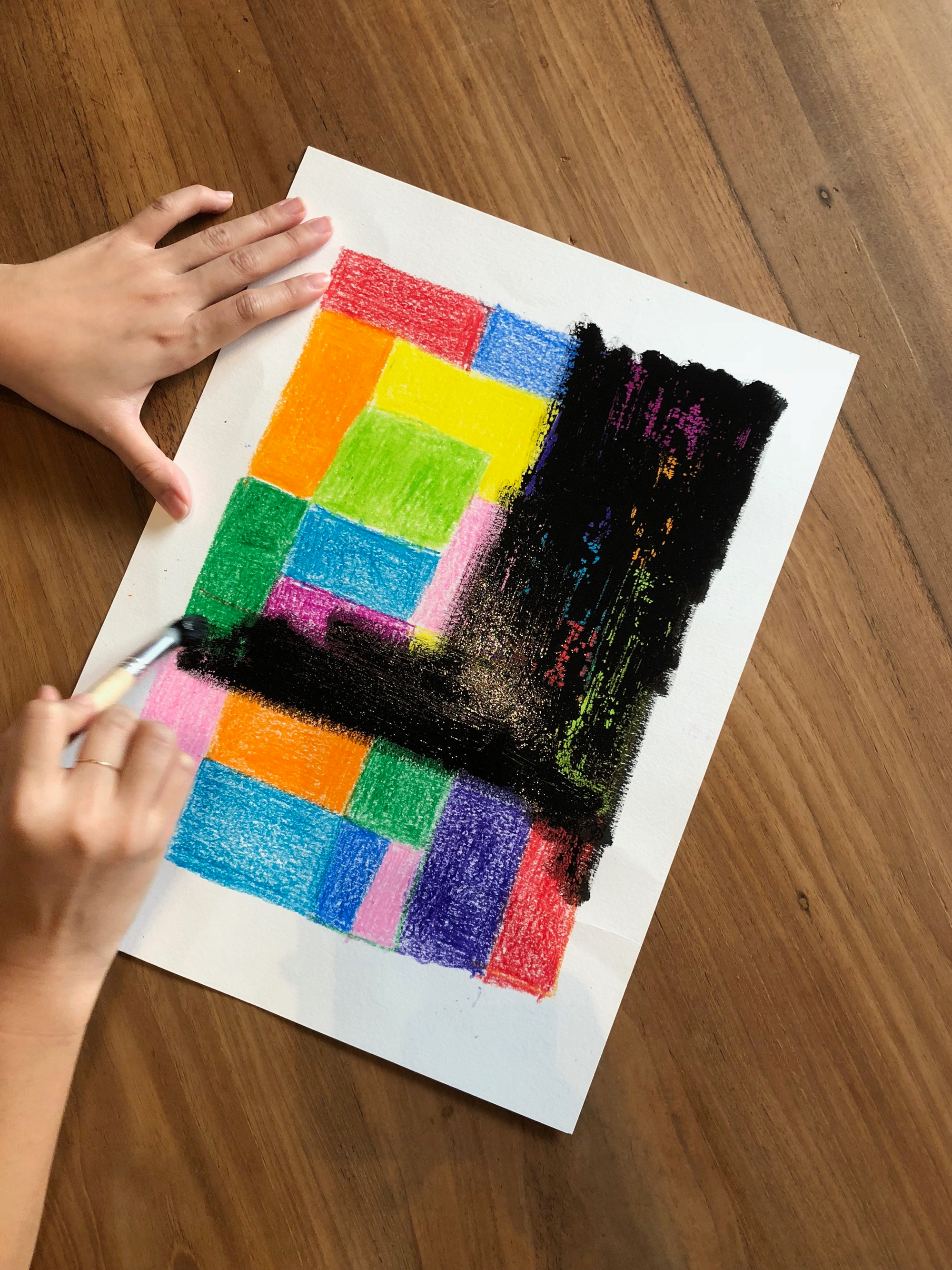
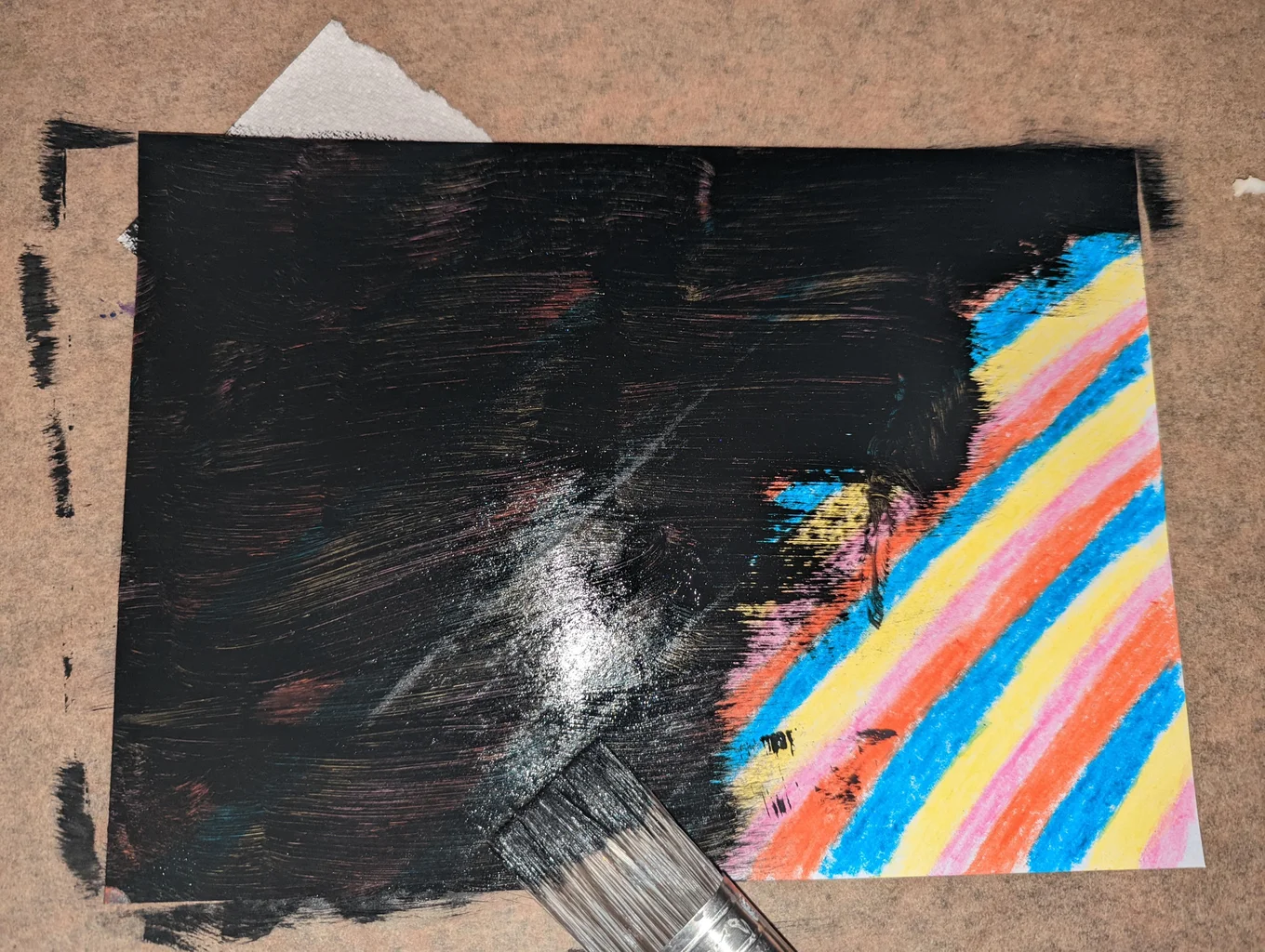
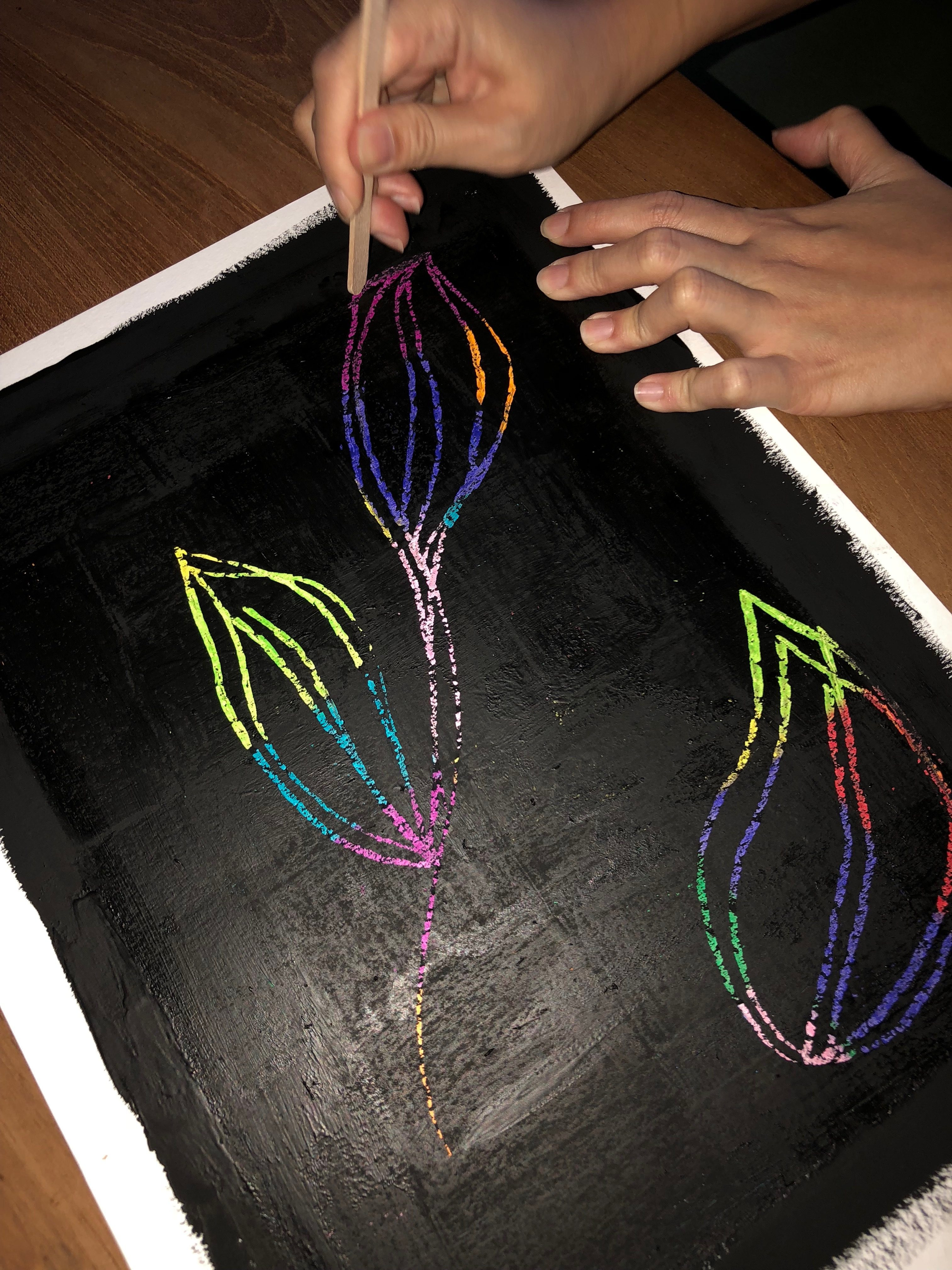
Fixing and Sealing Artwork
Once the painting is complete, it's important to fix and seal the artwork to protect it.
A spray varnish or a matte finishing medium can help seal both the crayon and the acrylic paint, ensuring the artwork is durable and the colors are preserved.
Advanced Techniques and Experimentation
For those looking to push the boundaries, experimenting with different types of crayons, such as oil pastels or watercolor crayons, and combining them with acrylic paints can lead to innovative results.
Techniques like layering, blending, and washing can all be adapted to suit the mixed media approach.
Unleash Creativity with Crayon and Acrylic Paint
The fusion of acrylic paint and crayon isn't just a technique—it's a gateway to limitless creativity.
Using acrylic paint over crayon is not only possible but also provides an avenue for artistic exploration and creativity.
By mastering the nuances of these materials and applying effective methods, artists can elevate their artwork to new heights.
Whether you're aiming to add depth with textured backgrounds, finesse with detailed accents, or a burst of color with vibrant overlays, this dynamic duo offers endless opportunities for artistic innovation.
Embrace this blend in your next project and watch your creative visions vividly come to life!
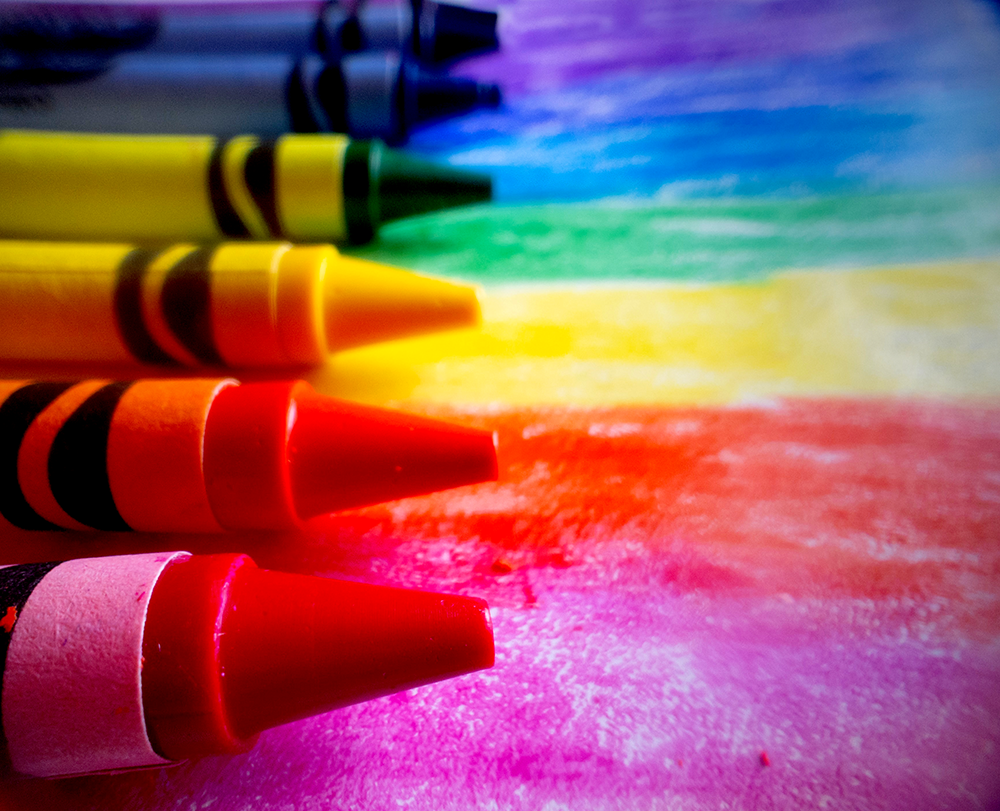
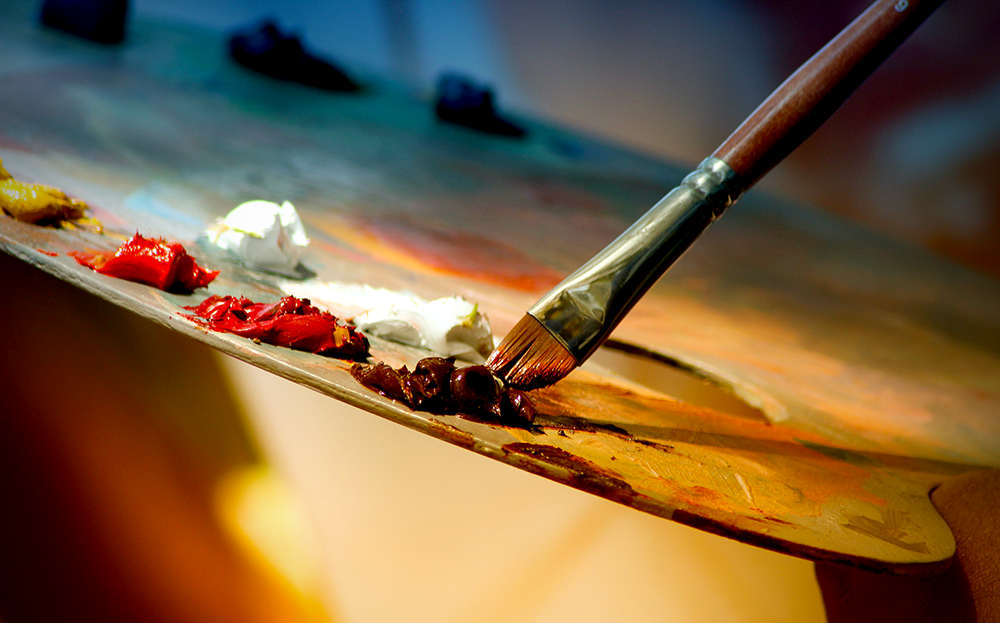

Crayon FAQs
Welcome to the FAQs, where we dive into your most pressing questions about combining crayons with other art mediums!
Whether you're experimenting with oil paints or trying to speed up your drying process, we've got the answers to help you create your masterpiece without a hitch.
Let's explore some common inquiries and expert tips to enhance your artistic endeavors with crayons.
Can I use oil paint over crayon instead of acrylic?
Yes, you can use oil paint over crayon, but it requires careful preparation of the surface to ensure proper adhesion. Oil-based paint tends to have better natural adhesion to waxy surfaces compared to acrylics.
How do I prevent acrylic paint from cracking over crayon?
To prevent cracking, ensure that each layer of acrylic paint dries completely before adding another. Using flexible acrylic mediums can also help enhance the durability and flexibility of the paint layers.
Can I use a heat gun instead of a hair dryer to speed up the drying process?
While a heat gun can be used, it is much hotter than a hair dryer and can easily melt the crayon, potentially ruining the artwork. If using a heat gun, keep it at a safe distance and use it sparingly.

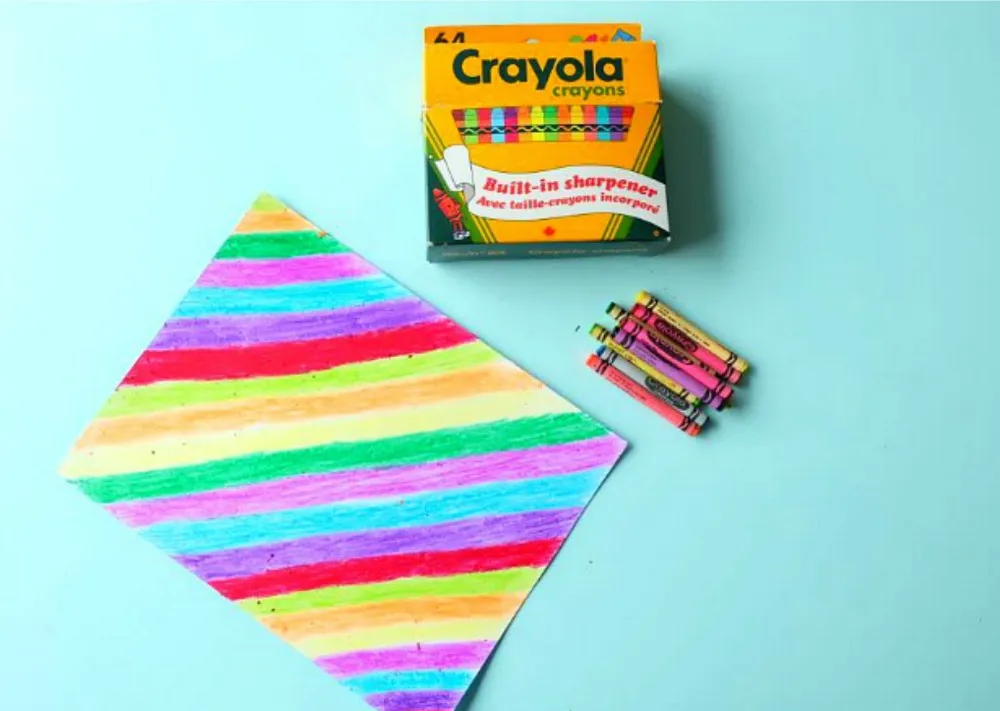

Eager to explore the world of crayons and acrylics? Check out Andrea Garvey Art's video!
Want even more content about creativity and art?
Be sure to check out all of our creative chronicles!
Love crayon art?
Check out some of our other articles:
-How do you make crayons look professional?
-What crayons do professionals use?

